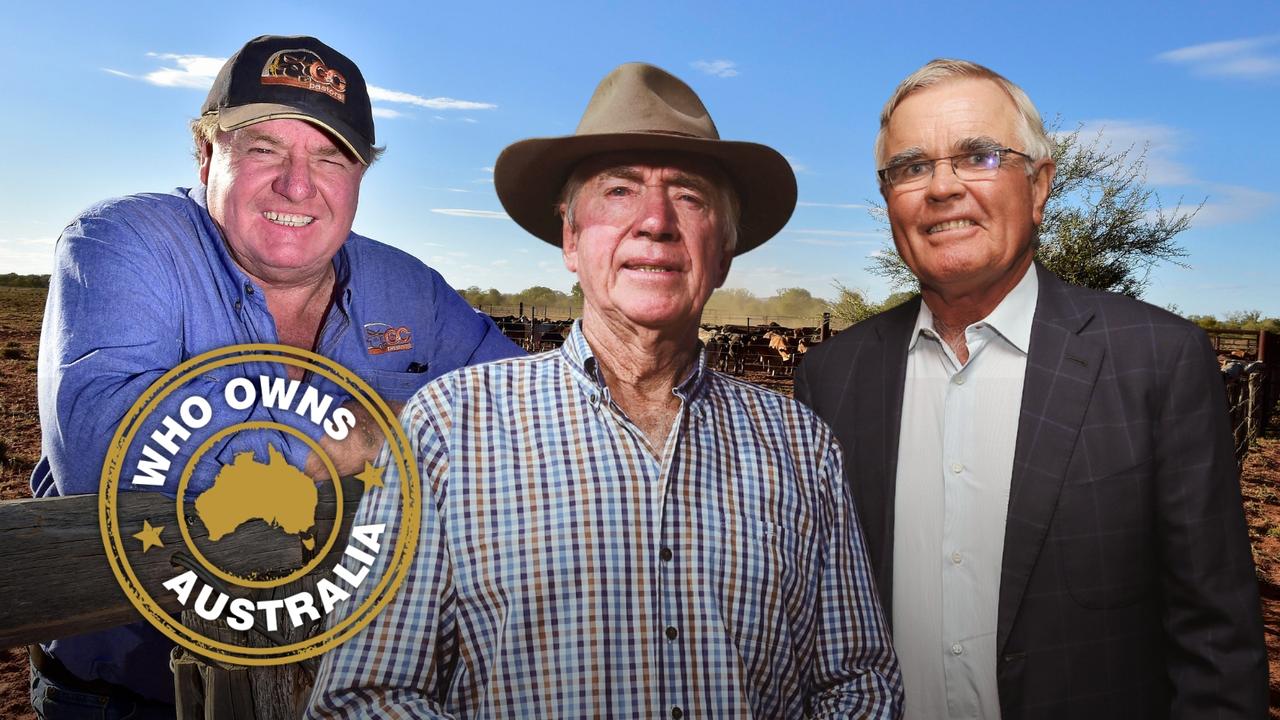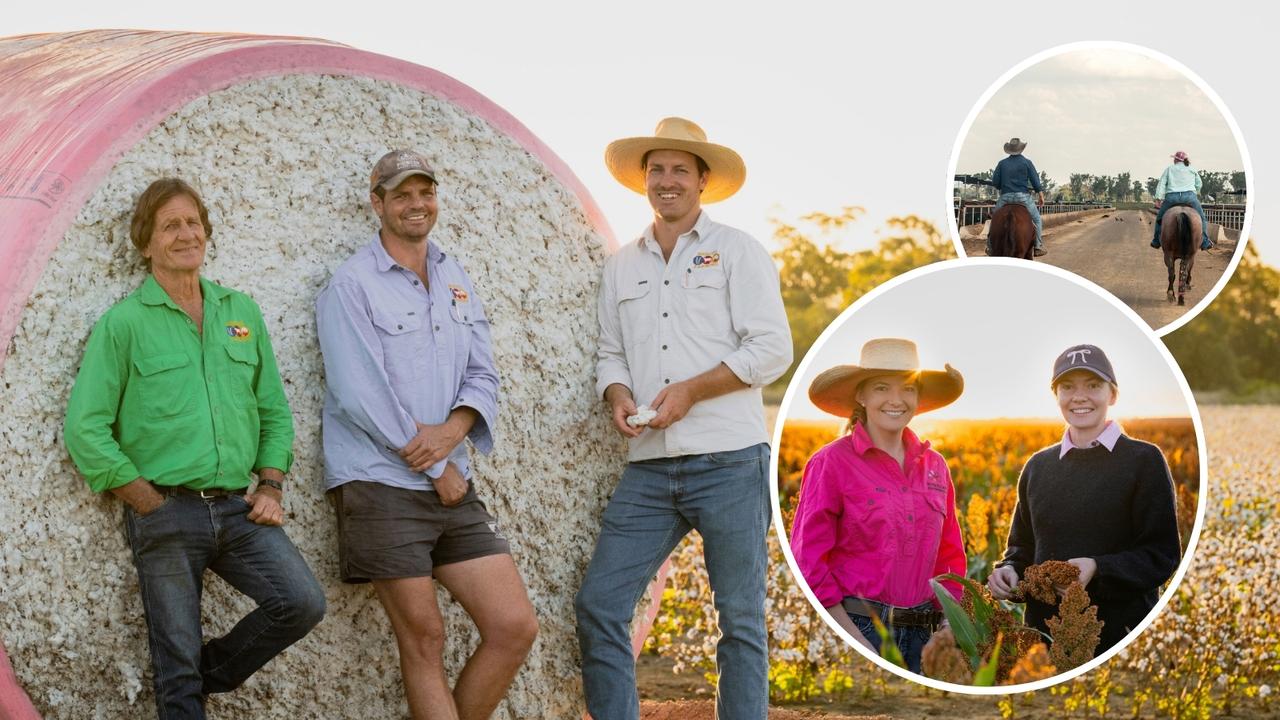Inside one of Australia’s biggest family-owned fruit farms: Pinata Farms
Ten million pineapples, 100,000 mango trees and 3400 tonnes of strawberries and raspberries equals a sweet business for these Queensland farmers. Discover how they make it work.
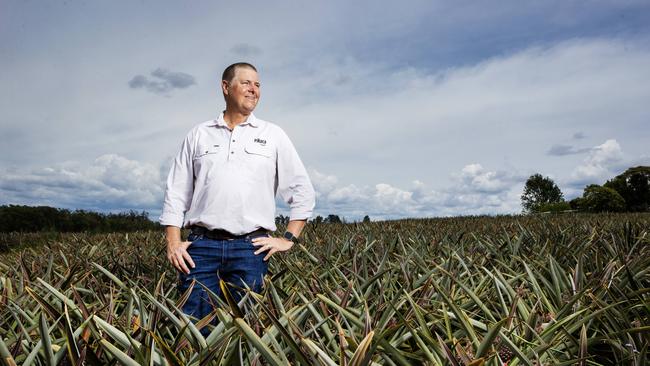
Gavin Scurr is a numbers man. And, at home on his picturesque farm in Queensland’s Sunshine Coast hinterland, the boss of one of Australia’s biggest family-run horticulture operations isn’t shy of plucking a few key ones out of the crisp winter air.
Take 10 million, for example. That’s the number of pineapples his family’s Pinata Farms business grows a year; 100,000 is the amount of mango trees under their management; 400 the number of workers required to pick and pack their fruit in six growing regions spread across three states; 280 the amount of beds the business has made available to house them.
You soon get the gist. Not only do these numbers add up to almost $100 million in annual turnover but they equal a grand endeavour from a strong vision matched by few in the Australian agricultural industry.
Despite all his success, Scurr, who is also chairman of the Australian Fresh Produce Alliance, a group representing the interests of some of Australia’s biggest fresh produce players accounting for about half of the industry’s annual turnover, is as humble as a bloke you’d hope to find.
For him, it’s not the titles or the accolades (Pinata was recently inducted into the Queensland Business Hall of Fame), but bringing the world’s best produce to the plates of millions that gets him out of bed each morning.
He’s the first to acknowledge that life in the horticulture industry is, by no means, smooth sailing. There’s challenges stretching the limits of the mind – and the pursestrings – that present themselves on an almost daily basis. But by chatting with him you quickly get the feeling that Scurr wouldn’t want to be doing anything else.
It’s a passion embedded in his DNA dating back to 1964 when Scurr’s grandfather first started growing in the shadows of the Glasshouse Mountains at Wamuran, near Caboolture, just an hour’s drive from Brisbane CBD and 40 minutes from the golden sands of Mooloolaba and Maroochydore beaches.
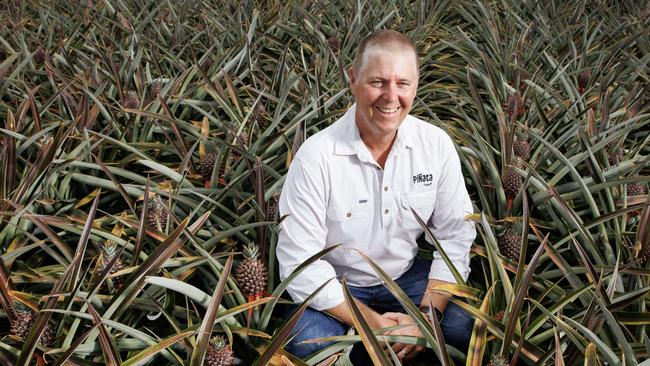
FRUIT BASKET
As well as pineapples, Pinata now grows mangoes, strawberries and raspberries. Mango production is centred on Darwin, Katherine and Mataranka in the Northern Territory with pineapples grown at Wamuran and Mareeba, west of Cairns in Far North Queensland, strawberries and raspberries at Wamuran and Stanthorpe and raspberries at Orielton, northwest of Hobart in Tasmania. The business also relies on a network of 15 third-party mango and pineapple growers spread from Bowen to Byron Bay and from Mildura to Mundubbera.
Pineapples and mangoes are supplied to Coles, Woolworths and Aldi supermarkets nationally while strawberries and raspberries – last year’s production amounted to 3400 tonnes and Scurr expects to do similar numbers this year – service the same supermarket chains in Queensland, NSW, Victoria and Tasmania.
The business continues to evolve with the times, including changing consumer taste buds.
Australia’s pineapple industry, Scurr laments, is a shadow of its former self. While there might have been 700 growers nationally at one stage, it is now less than 50. Once the biggest growing region, large tracts of former pineapple country around Wamuran, Nambour and Caboolture have been transformed into housing estates or acreage.
“Pineapples still have a large footprint in the area but around this immediate region – within 20km of here – there are only five pineapple growers left,” Scurr says.
“In the early ‘90s there would have been over 100.”
Scurr says the biggest losses have occurred in the processing sector as inferior imported products flood supermarket shelves. While cannery Golden Circle previously processed up to 150,000 tonnes of pineapples annually, it is now closer to 20,000 tonnes as the market contends with cheap tinned product from Indonesia and Thailand.
Looking forward, Scurr says the plan is to focus more closely on the raspberry line in particular. Combined, berries are the highest-value fruit and vegetable commodity, having overtaken bananas, apples and tomatoes. Scurr says even in their own right strawberries, blueberries and raspberries are all in the top 10 lines.
He sees opportunities to supply retail markets during the shoulder seasons, when produce is hard to source but remains in demand. He believes this can be achieved by honing new varieties and growing techniques.
“The more stable we can keep the price, the more comfortable consumers are,” he says. “With pineapples, bananas and potatoes, supply is largely matched with demand year round, short of severe weather events, and therefore prices stay stable. People get in the rhythm, understand the value and move forward.
“But with raspberries and strawberries, they can be three times the price at one time of the year compared to the other – it is a significant difference. The more as an industry that we can be consistent with matching supply with demand, the more sustainable we will be.”
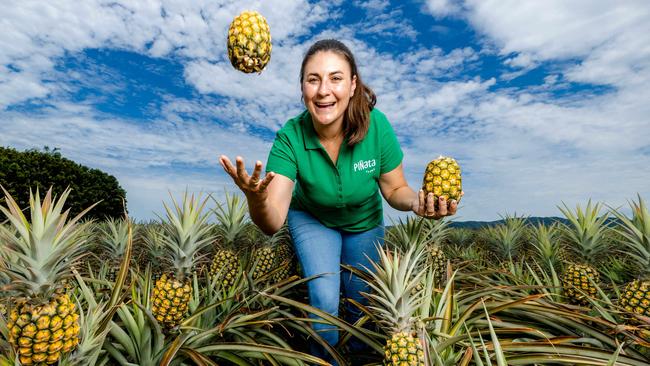
FRESH APPROACH
Scurr, who runs the business with his brother Stephen (Gavin’s eldest daughter Rebecca is sales and marketing manager and Stephen’s four children work across various farms in north Queensland and the Northern Territory), was elected chairman of the Australian Fresh Produce Alliance, the brainchild of former Costa Group chief executive Harry Debney, in January this year.
The alliance started with 12 member businesses and now operates on a budget of about $1 million, with contributions from the major horticulture companies based on scale.
He cites labour as perhaps the biggest issue facing the industry. The alliance recently claimed a win with the federal government backing away from plans to significantly overhaul the Pacific Australian Labour Mobility scheme, which Scurr says would have made the program unworkable and force many growers to turn their backs on it, putting further pressure on an already tight jobs market.
The changes were designed to improve worker protections, and included offering PALM workers a guaranteed 30 hours of work a week, which farmers claimed was unsustainable for an industry that relied on flexibility.
While the PALM scheme might have its detractors, Scurr says it works well from a repeatability perspective with workers returning year after year which reduces the need for re-training. At the same time, he says, it’s “significantly bettering their lives”.
“Workers come out, do a season with us and go home with enough money to buy a modest block of land, come back the second year and earn enough money to build the shell of a house, the third year they will finish the house with floor coverings and the like,” he says.
“The fourth, fifth, sixth and we’ve got some people that we have been with us eight seasons now – are now doing it for their broader families.”

MORE THE MERRIER
Market access is another key pillar for the alliance, working on the thesis that more markets for Australian produce will help reduce the cost of food in Australia, due to supply.
“The more we grow it costs less per kilogram, just based on the scale,” he says.
Scurr sees the biggest export opportunities in berries with nations in the likes of Central America and Asia growing significant volumes of pineapples and mangoes for a fraction of the cost of production in Australia.
“Realistically in most markets we operate in, we need to be selling for at least three times the price of our competitors. We are never going to be the main mango supplier to Asia because they can grow their own a lot cheaper but we can be in that niche market, and even if we are only 1 per cent of the Chinese market that is a significant amount of mangoes.”
The push towards sustainability is also a major point of discussion among alliance members, particularly with consumers increasingly expecting producers to grow food in the most sustainable way, but not wanting to dig any deeper into their pockets to pay for it.
Scurr laments that, in a lot of cases, when consumers are given the option between sustainable produce at a higher price and the status quo at the normal price, they choose the status quo.
“It’s sort of ironic that a lot of the sustainability things that have been pushed back into our sector make us unsustainable from a profits perspective. They cost more for us to implement than the return on it.”
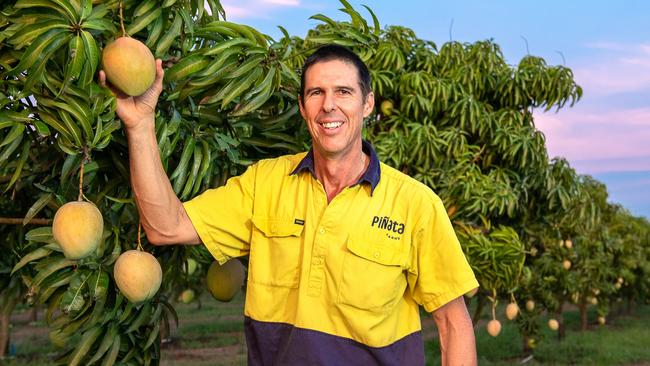
SUPERMARKET SCAPEGOAT
Scurr says recent criticism of supermarkets profiteering from suppliers and consumers during the cost-of-living crisis was unjust and a “highly politicised” move “by governments looking for a diversion from other issues that they should be addressing”.
A Senate committee report on supermarket prices released earlier this year called for an overhaul of Australia’s supermarket sector and competition policy.
“Sure the cost of living has increased, but it is largely driven by inflation which the government is supposed to be in charge of,” Scurr says.
“With their green energy bent that is driving energy prices up, with their immigration policy that is driving demand for housing and their industrial reform by giving out pay rises without productivity increases is driving inflation … so I think they are looking for somewhere to hide and divert the attention away from them.”
Scurr says from his business’ point of view supermarkets aren’t gouging consumers.
“I am very comfortable with the margin they are making on our lines. I can’t speak for other growers and on other lines,” he says.
“What we as a fresh produce industry need to be better at is increasing people’s perception of value in what we are providing.
“They’ll spend $5 on a cup of coffee without even blinking yet $5 for a punnet of strawberries is seen as expensive. It’s crazy.”




